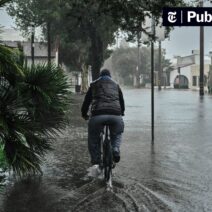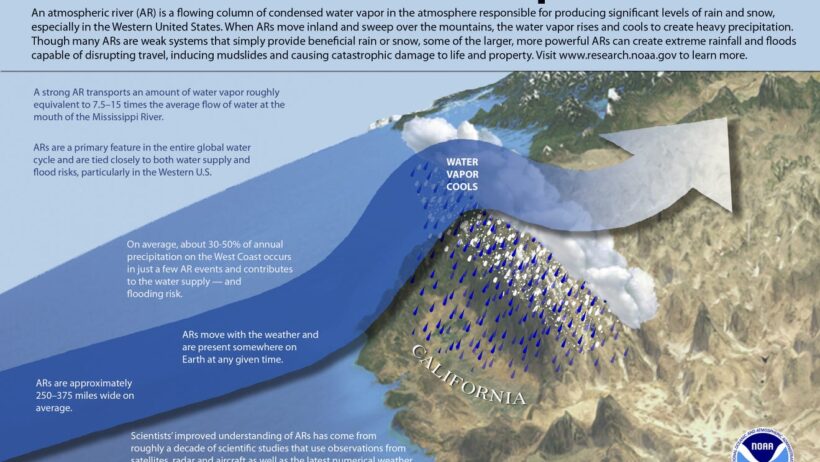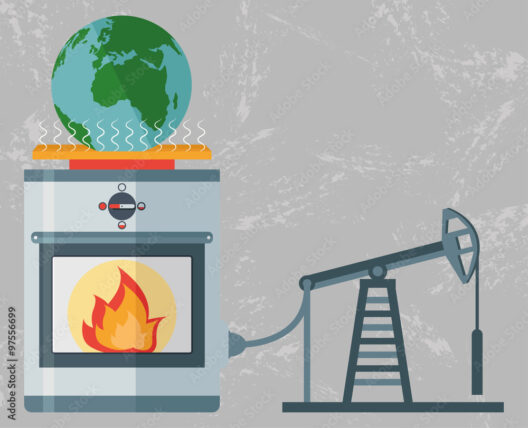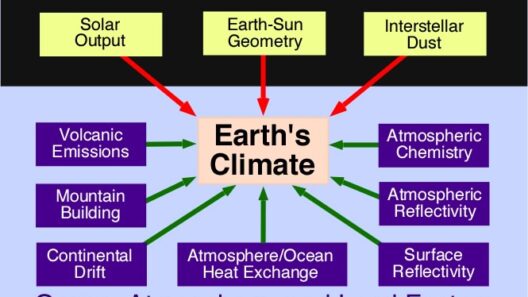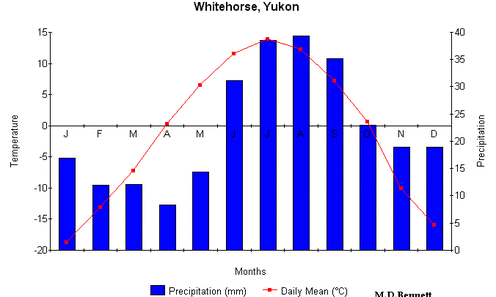Atmospheric rivers (ARs) are stunning meteorological phenomena, akin to vast highways of moisture weaving their way through the atmosphere. These atmospheric torrents transport enormous amounts of water vapor from the tropics to mid-latitude regions, significantly impacting weather patterns and precipitation rates. They serve as both a boon and a bane: nourishing ecosystems thirsting for rain while simultaneously unleashing devastating floods that wreak havoc on communities unprepared for such deluges. The question remains: are these intense moisture-laden currents exacerbated by climate change? The science paints a complex portrait that requires a closer examination of the interplay between atmospheric rivers and the ever-evolving climate landscape.
To understand the nexus between climate change and atmospheric rivers, one must first contemplate the foundational essence of ARs. Defined as narrow bands of moisture-rich air, atmospheric rivers typically span hundreds of miles and are pivotal in precipitation distribution across the globe. The United States’ West Coast serves as a prime example of the profound influence of ARs, receiving approximately 30-50% of its annual precipitation from these phenomena. Yet, as the global climate shifts, so too does the behavior, frequency, and intensity of atmospheric rivers.
The warming climate is akin to a multifaceted mirror reflecting deeper changes in the atmosphere. Warmer air holds more moisture—a principle enshrined in physics. Every degree Celsius rise in temperature increases the air’s moisture-absorbing capacity by approximately 7%. As greenhouse gas emissions escalate, the consequent rise in global temperatures has significant implications for the moisture content within ARs. Research clearly indicates that these hydrological highways are becoming loaded with an unprecedented volume of moisture, enabling them to unleash heavier rainfall during events.
Additionally, the intensity and frequency of atmospheric river events are predicted to increase as climate change accelerates. Climate models project that in a warming world, ARs will not only become more potent but also more prevalent. Extreme AR events could become routine, with an alarming surge in rainfall leading to catastrophic flooding. These models paint a portrait of a future where the very characteristics that make ARs so vital to ecosystem sustenance are simultaneously the harbingers of disaster.
Yet, the relationship between atmospheric rivers and climate change is not one-dimensional—it is layered with complexity. For instance, while ARs are increasingly intense, it is critical to consider the role of natural variability—how atmospheric rivers also operate within the context of longer-term climatic patterns, such as El Niño and La Niña. These oscillations can disrupt or amplify AR activities, demonstrating the intricate dance between natural cycles and anthropogenic influences. Hence, attributing changes in AR behavior solely to climate change oversimplifies a highly nuanced reality.
Furthermore, the unpredictability of AR behavior underscores the need for meticulous scientific inquiry. Observational studies and computer models have borne witness to the evolution of ARs under shifting climatic conditions, revealing intricate feedback mechanisms. Scientists remain vigilant in their exploration of how future climate scenarios may unfold. For instance, an increase in ARs could, paradoxically, lead to temporary drought relief in some regions, yet engender dire consequences elsewhere through flooding and soil erosion. This dichotomy compels policymakers to approach climate resilience and adaptation with renewed urgency.
As atmospheric rivers intensify, the implications for infrastructure and local economies become salient. Regions heavily reliant on relatively predictable precipitation patterns must navigate a new era of volatility. As ARs become more frequent and intense, urban and rural communities alike must bolster their flood control mechanisms, improve forecasting models, and revamp infrastructure to withstand unprecedented deluges. The sweeping changes demanded by this new reality present both a challenge and an opportunity to engage in innovative sustainability practices.
The connection between atmospheric rivers and climate change necessitates a multi-faceted response. Mitigation strategies aimed at reducing greenhouse gas emissions must be prioritized to curb the worst effects of climate change. Robust adaptation measures are equally crucial, as they equip communities with the tools to manage increased rainfall and flooding risks. The interplay of these strategies symbolizes a harmonious balance, blending immediate environmental needs with long-term climate goals.
Moreover, enhancing public awareness through education and outreach is paramount. As atmospheric rivers continue to assert their influence on weather patterns, fostering a well-informed populace is essential for effective community resilience. Engaging individuals in discussions about climate action and preparedness can galvanize collective efforts to address these pressing issues. After all, a well-informed society is better equipped to navigate the challenges posed by a warming globe.
Ultimately, the question of whether atmospheric rivers are caused by climate change cannot be answered in black and white. The evidence suggests a clear link: the warming atmosphere is altering the very fabric of how ARs operate, leading to increased intensity and frequency. However, these changes must be contextualized within the broader spectrum of climate variability and natural processes. With collaborative action and informed policy, society can harness the knowledge gained from scientific inquiry to create resilient systems capable of facing an uncertain yet undeniably interconnected future.
In essence, the future of atmospheric rivers under climate change demands nuanced dialogue and concerted efforts. As we stand at this critical juncture, it is our collective responsibility to advocate for informed action, ensuring that the benefits of these fascinating meteorological entities are harnessed while minimizing their potential for destruction. In doing so, we shall not only protect our immediate communities but also safeguard the planet for generations yet to come.

